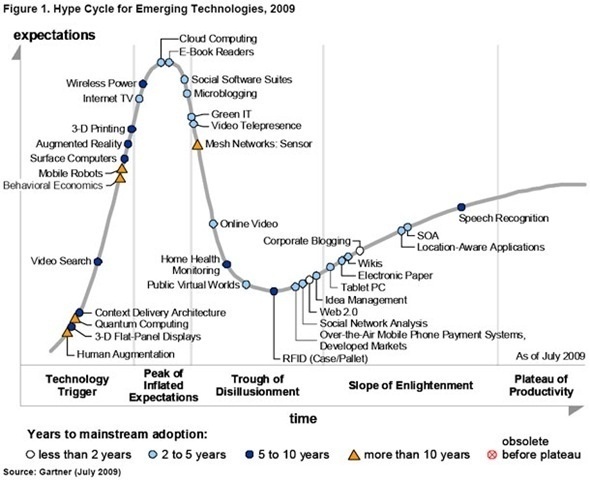I walk into a brick and mortar store (say a book store), browse through some books, finally decide on my selections, head to the counter, make the payment and come out a happy customer. All that the vendor needs to do here is –
1. ensure that he is well stocked with books I like
2. have a search mechanism in place to find the right book for me
3. have someone manning the counter
The beauty here is that if the book were torn or something, I do get a chance to examine the goods before buying them. I decide to buy the goods only after I say its ok, who would I trust more than myself? Thus, I perceive the transaction as fair, and I pay the book store and head home.
Now consider a second scenario, I walk into a bookstore, and I inform the vendor that I am looking for, say a Jack Reacher novel. The vendor shows me his collection, but much to my chagrin the particular title I am looking for is not with him. The attendant assures me that they have run out of stock and will restock in 5 days. However, they would be more than happy to inform me once the book arrives. I hesitantly leave my no. with them and think that it’s good to have book stores who inform their customers about books they want.
Apply the same paradigm to an online shop. Rarely would I come to this shop for idle browsing, if I do have a title in mind, then I would be interested in skipping directly to it. If at this juncture, the store informs me that it is out of stock and will not accept my order, however they will be more than glad to inform me when the book is in stock – I won’t be that pleased. I will grumble and grudgingly close the browser.
If the decision making involvement is the same, if the outcome is the same, then why the difference in behaviors?






